The importance of education in the development of a nation cannot be overstated, and the lack of educational access leaves citizens without the knowledge, skills, and expertise needed to adequately contribute to their personal development and that of their communities and nation. In Nigeria, there are about twenty million children who do not attend school. They do not have access to quality education. While some of these children are forced into child labor to support their families, some are left roaming the streets because their parents cannot afford school materials, even where primary and post-primary education are free.
It was against this backdrop that the Shanty Theatre took the initiative to highlight the need for accessible education in Adagbabiri Community of Bayelsa State, one of the most educationally deprived states in Nigeria. Shanty Theatre, based in Asaba, Delta State, is a theatre group of young theatre practitioners co-founded by Eseovwe Emakunu and Dennis Obire. We started Shanty Theatre November 2021, and its major objective is to use the theatre to engender social development in places where it is lacking by working with these communities. The Adagbabiri Community caught our attention when Eseovwe Emakunu went there with some of his former students from the Department of Theatre and Film Studies, University of Africa, Toru-Orua, Bayelsa State, to hold a performance in honor of the Amadaowei of Adagbabiri Community.
Shanty Theatre was poised to contribute to the social development of Adagbabiri with a performance generated through a collaborative creative and educational process.
When our theatre group embarked on our journey to Adagbabiri, which is the first community a visitor from Delta State encounters when visiting Bayelsa State, we knew from our prior research and data collection that lack of educational advancement has been a debilitating issue there, especially for the young adults and children. This has also contributed to the lack of developmental stride in the community of nearly fifteen thousand people, as there is no access to healthcare, infrastructure, adequate educational facilities, and other basic amenities that should enhance the quality of life of the people. Although there are public schools in the community, about half of the young adults prefer other ventures like farming or fishing. Unfortunately, their mostly illiterate parents have not encouraged them to take education seriously; they require their children to help them sell their produce and other wares to make ends meet because they do not have the money to hire farmhands and salespersons.
The theatre for development model can drive social change by really engaging the people of various communities and proffering solutions to their challenges that plague them. Theatre for development is a type of community-based or interactive theatre practice that aims to promote civic dialogue and engagement. It can be a kind of participatory theatre that encourages improvisation and allows audience members to take roles in the performance, or it can be fully scripted and staged, with the audience simply observing. Many productions are a blend of the two.
We therefore decided to use this model to drive home the benefits and necessity of education to the people of Adagbabiri. This choice is aligned with Goal Four among the seventeen United Nations Sustainable Development Goals, which is “to ensure inclusive and equitable quality education and promote lifelong learning opportunities for all.” Shanty Theatre was poised to contribute to the social development of Adagbabiri with a performance generated through a collaborative creative and educational process that would involve both the Shanty Theatre and the people of the Adagbabiri Community.

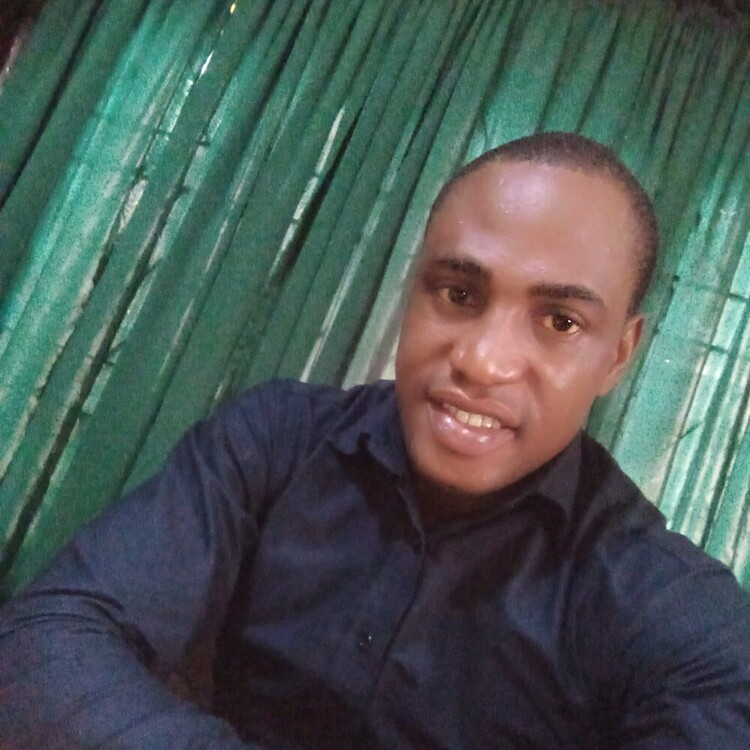
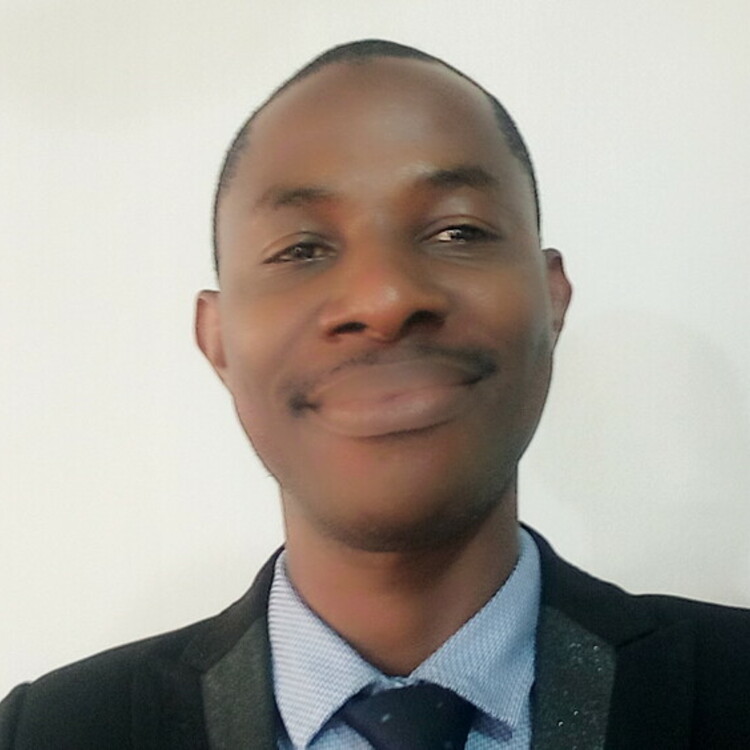

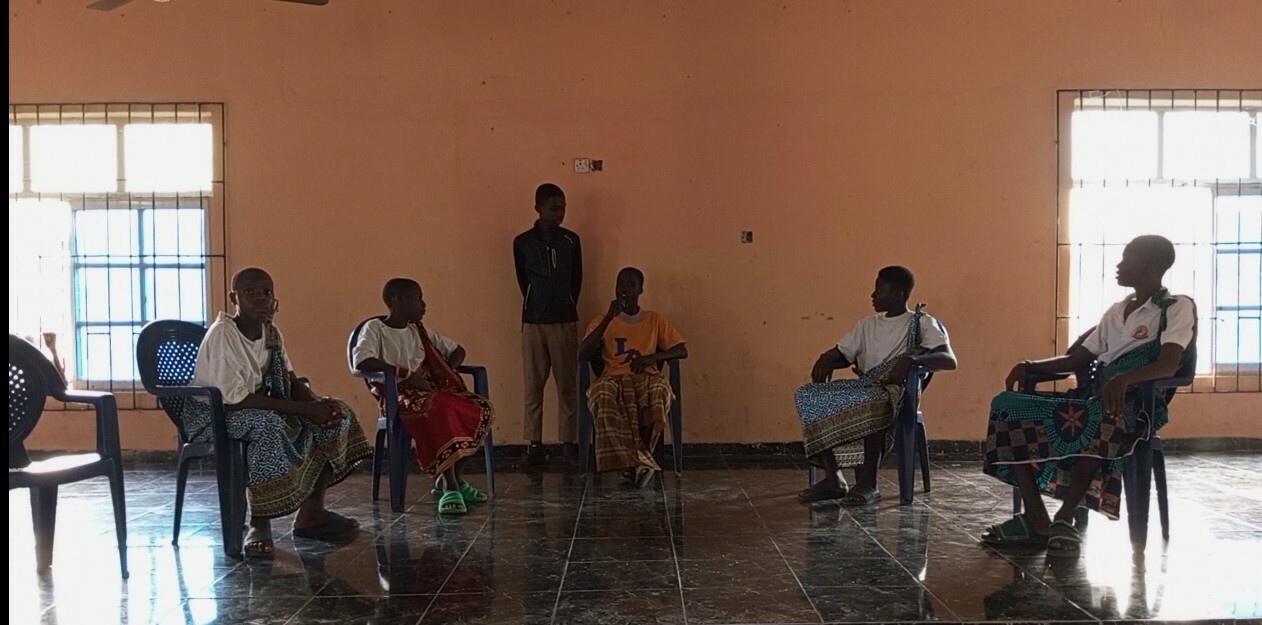


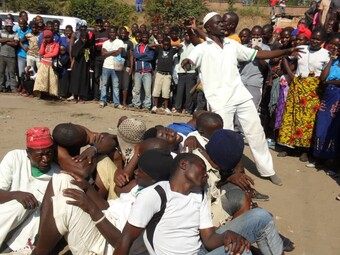




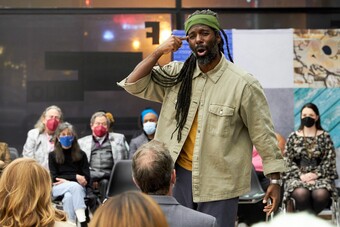




Comments
The article is just the start of the conversation—we want to know what you think about this subject, too! HowlRound is a space for knowledge-sharing, and we welcome spirited, thoughtful, and on-topic dialogue. Find our full comments policy here